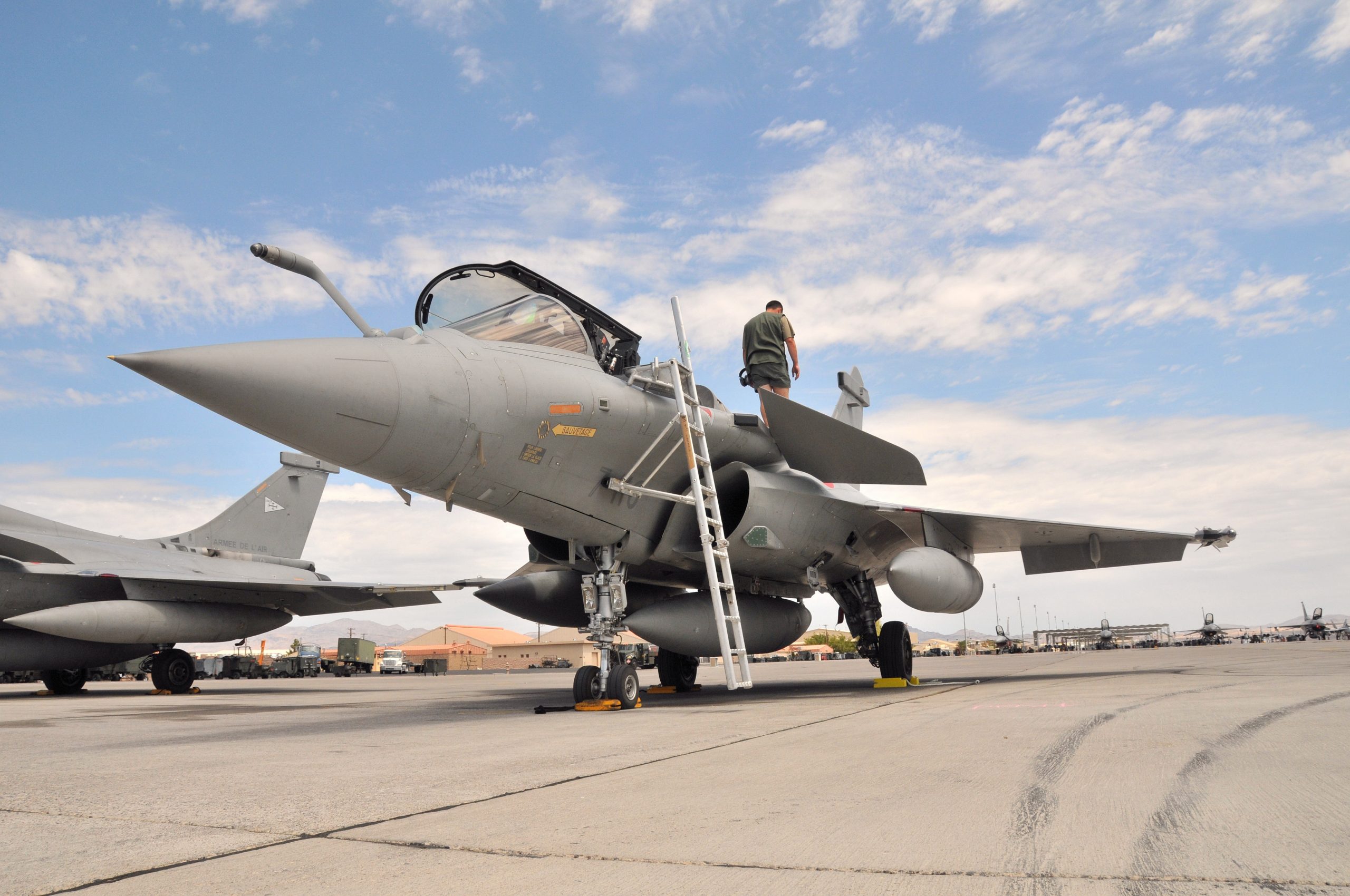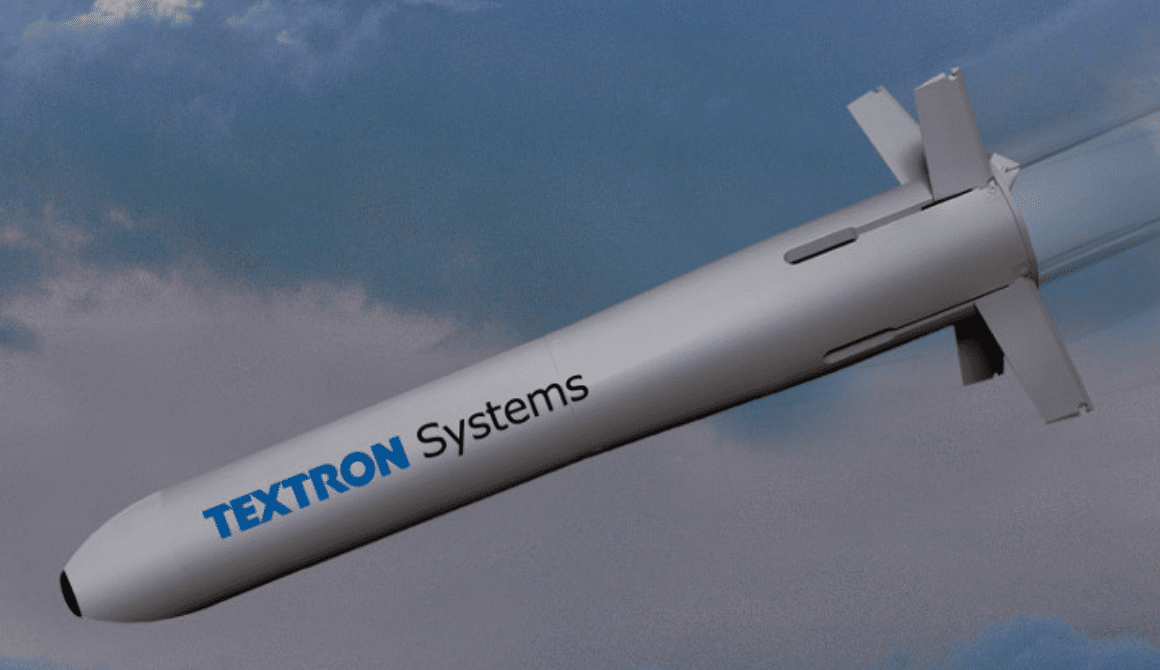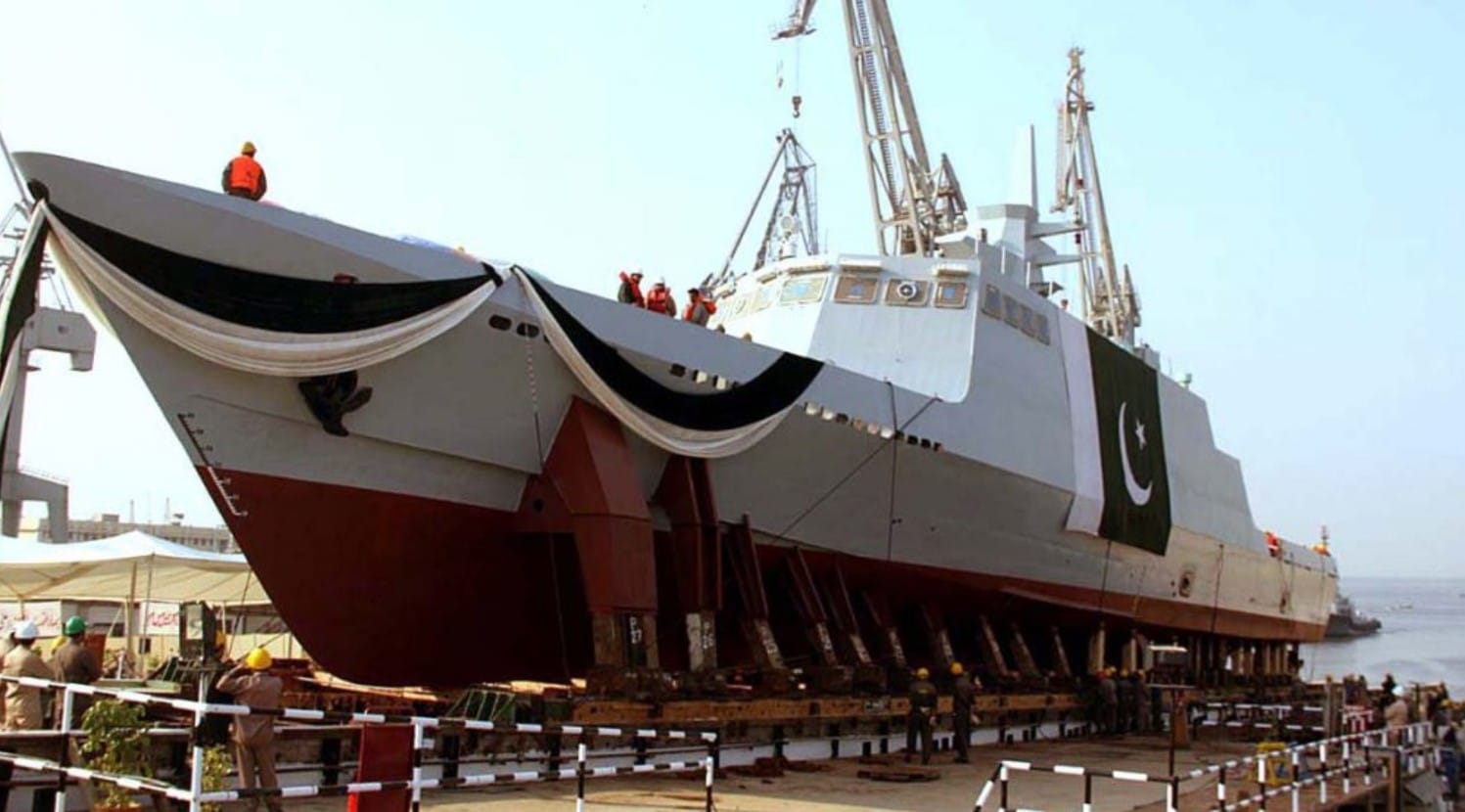37Views 0Comments

Qatar Pushes Rafale Purchase into Full Gear
17 December 2015
By Bilal Khan
Dassault Aviation has recently received Doha’s down payment in support of a $6.9 billion U.S deal for 24 Rafale multi-role fighters (as well as requisite training and maintenance support and ammunition) signed in May 2015.
With 13 Mirage 2000-5 and six Alpha Jet aircraft (as well as Mirage F-1s in prior years), the Qatar Emiri Air Fore (QEAF) is a longstanding user of Dassault’s combat aircraft. However, the acquisition Rafale is poised to mark a significant shift for the QEAF in terms of both modernizing its fighter fleet as well as infusing it a range of impressive air-to-air and air-to-surface capabilities.
From a purely numerical standpoint, the QEAF is going to see its core fighter fleet practically doubled with a fighter platform that not only takes over the QEAF’s defensive capabilities from the Mirage 2000-5, but imbue the QEAF with clear offensive gains. For example, the twin-engine layout of the Rafale (as well as the fact that it is a carrier-borne design meant to withstand salt erosion) makes the Rafale a well-suited maritime platform; a match for Qatar’s coastal topography and maritime interests, such as offshore gas.
The Rafale also possesses a higher payload capacity than the Mirage 2000-5 (9500kg vs. 6300kg), and the QEAF is planning to pair it with MBDA’s range of air-to-surface munitions. According to Air Recognition, 300 Armement Air-Sol Modulaire (AASM) HAMMER [Highly Agile Modular Munition Extended Range] are on order with the QEAF order. The AASM HAMMER is – like the American JDAM or South African Umbani – a modular kit that enables ‘dumb’ general purpose bombs to become precision-guided munitions. The kit includes an INS/GPS guidance system and solid rocket motor for range extension (up to 60km). The INS/GPS guidance kit can be swapped out for laser and imaging infrared (IIR) as well, enabling the AASM to be used against moving targets and under adverse weather conditions, respectively.
However, the QEAF Rafale’s strike capabilities do not stop with the AASM, also according to Air Recognition, they will also include 140 SCALP [Système de Croisière Autonome à Longue Portée] air-launched cruise missiles (ALCM). This is a significant addition as it offers the QEAF true stand-off strike capability with a very capable ALCM design (one focused on low-detectability no less). In addition, 60 Exocet AM39 Block-2 Mod-2 anti-ship missiles (AShM) are also on order, giving the QEAF Rafale fleet capability to engage targets on land and at sea (Air Recognition).
The air-to-air element is equally impressive. The QEAF has 300 MICA-IR and EM (split evenly) on order, giving it full-aspect capability at beyond visual-range (BVR) and within visual-range (WVR). The MICA-EM is a standard active radar-tipped BVR air-to-air missile (AAM), but the MICA-IR, with its infrared seeker, can double as a WVRAAM as well. In fact, the Rafale’s infrared search-and-track (IRST) system could be paired with the MICA-IR, giving the QEAF Rafale pilot solid air-to-air capabilities in the absence of radar. That said, the QEAF will also receive 160 Meteor BVRAAM as well (Air Recognition), a next-generation design by MBDA meant to offer aerial engagement capabilities in excess of 100km.
This Rafale deal is impressive in its own right, but once paired with the QEAF’s orders for Wedgetail Airborne Early Warning & Control (AEW&C) and A330 Multi-role Tanker-Transport (MRTT) aircraft, the potency of what will enter Qatar’s hands is menacing (relative to the absolute size of the country).


